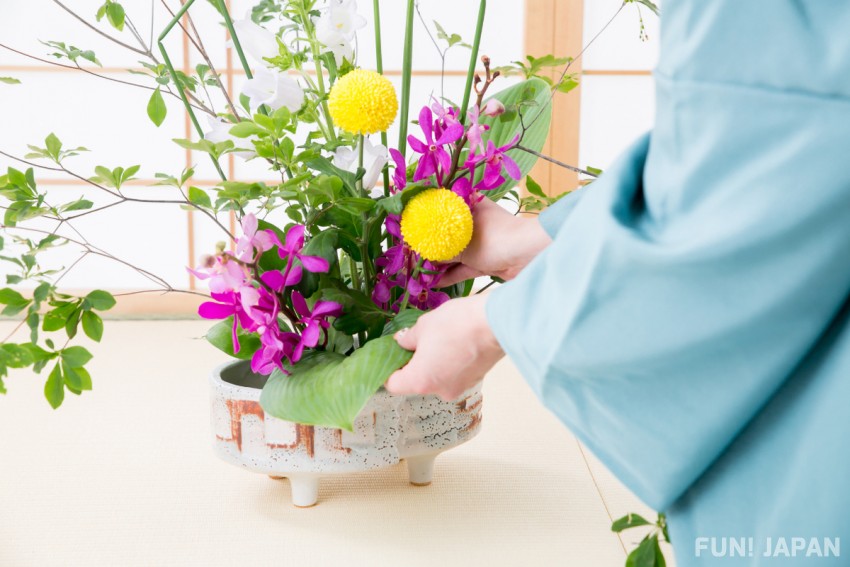
Ikebana, or the art of displaying flowers beautifully in a vase is just one of the ways to introduce just how beautiful Japanese culture can be. The flowers and plants paint the space with the colors of the seasons and allow for a more "living" space. In this article we would like to introduce you to the beauty and some of the history of the "Ikebana".
How is Japanese Ikebana Different to the West's Flower Arrangement?
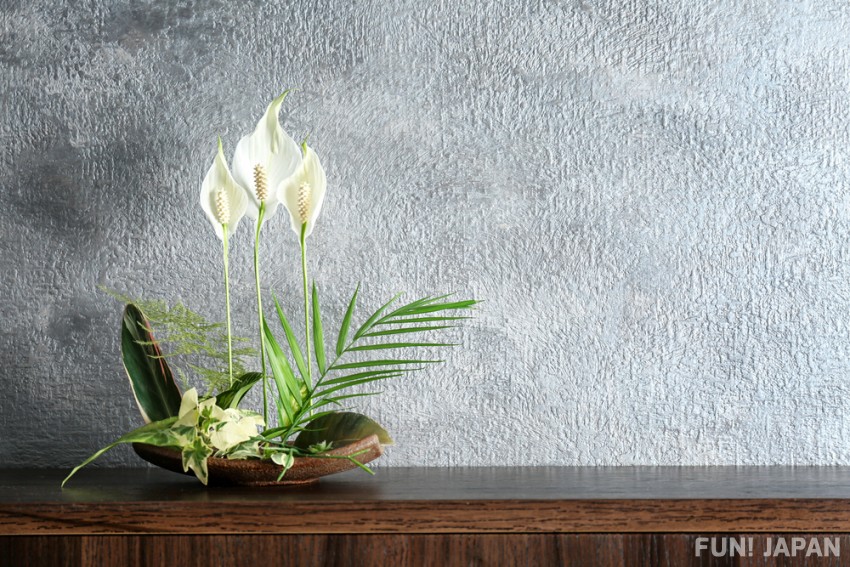
Ikebana (Japanese flower arrangement) is an original art from Japan. It uses not only current seasons flowers, but also adds other plants or even other items for showing different shape of flowers. However, it becomes internationalization in the recent years, developing in many different countries. The biggest difference between Ikebana and Western flower arrangement is the aesthetics of subtraction. The flower arrangement in the West is "aesthetics of addition", which uses flowers abundantly to fill all the spaces, while Ikebana uses flowers and plants to create space, arrange flowers in an asymmetrical style with aesthetics of subtraction.
Ikebana Vases and Supplies

For the containers and vases used in Ikebana, you will typically see them made out of things such as porcelain, wood, class, bamboo and even stone. Furthermore, one of the most indispensable items is the needle-point holder. This is a needle which can be used both length-wise and width-wise to extend and create a more "solid" feel to the flower or plant. Thanks to this needle-point holder, you can raise any flower and plant in any kind of vase or container such as ones with basins. Furthermore, we have specialized scissors for cutting the flowers or plants and the final vase or container that is used in the display as the main tools. In some cases to further make the plant more stabilized and solid the use of wire, glue and even tape is permitted.
History of Ikebana
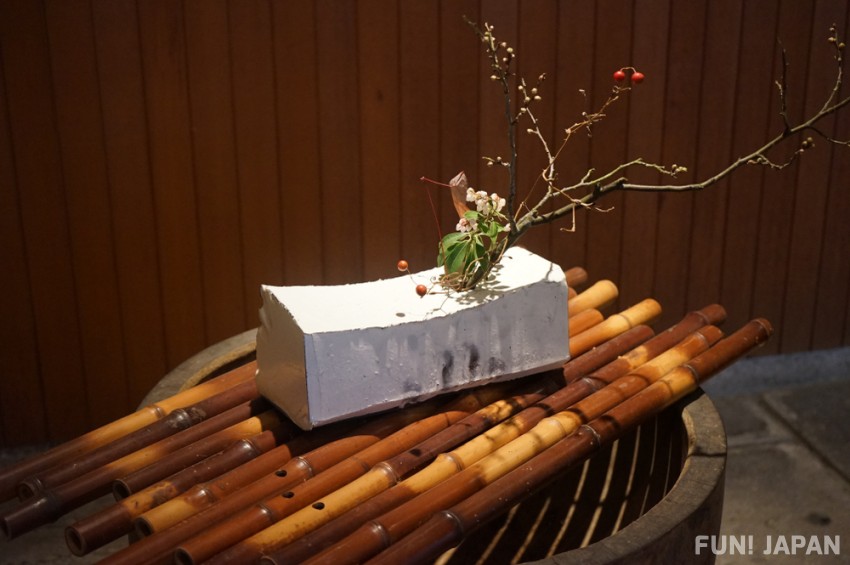
As for the history of Ikebana, its origins come from Buddhism, the Buddhists wanted to make the flowers they were offering more beautiful. As for the current style of Ikebana, it is said that it was established in the middle of the Muromachi Period around the year 1460. It is said that a monk from Kyoto first popularized this activity. This monk lived close to a pond and was called "Ikenobo (池坊)" which is where the name first originated. Once the Edo period came around, a long and narrow flower vase by the name of "Rikka (立花)" was typically used to grow plants. Even now these Rikka are used within ikebana. After the Edo period ikebana became more and more popular, and as the country itself become more economically stable, the activity grew across the entire nation.
Ikebana's Main Schools, Ikenobo and Sogetsu Ikebana School of Flower Arrangement
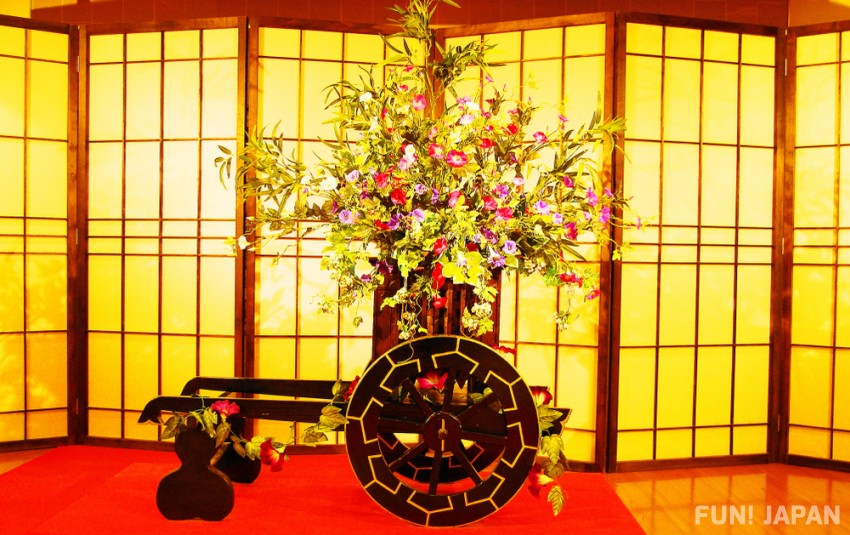
For Ikebana, the first school being Ikenobo, in more recent times the Sogetsu school of flower arrangement and Ohararyu school of flower arrangement have also become popular. Based on the school you attend, the way Ikebana is performed with regards to the flowers themselves, tools used and display methods change. There are many schools which aim to further display the flowers and plant life in their natural state in a more artistic and fresh way through many different methods of thinking. If you visit the different schools, we are sure you will be able to absorb and experience the many different methods in which these schools teach to their students through the individual exhibits.
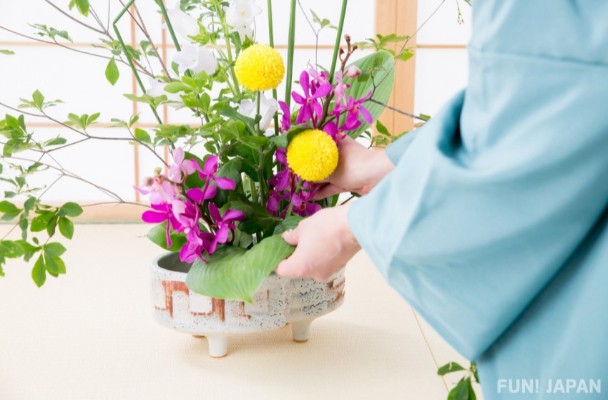
Comments